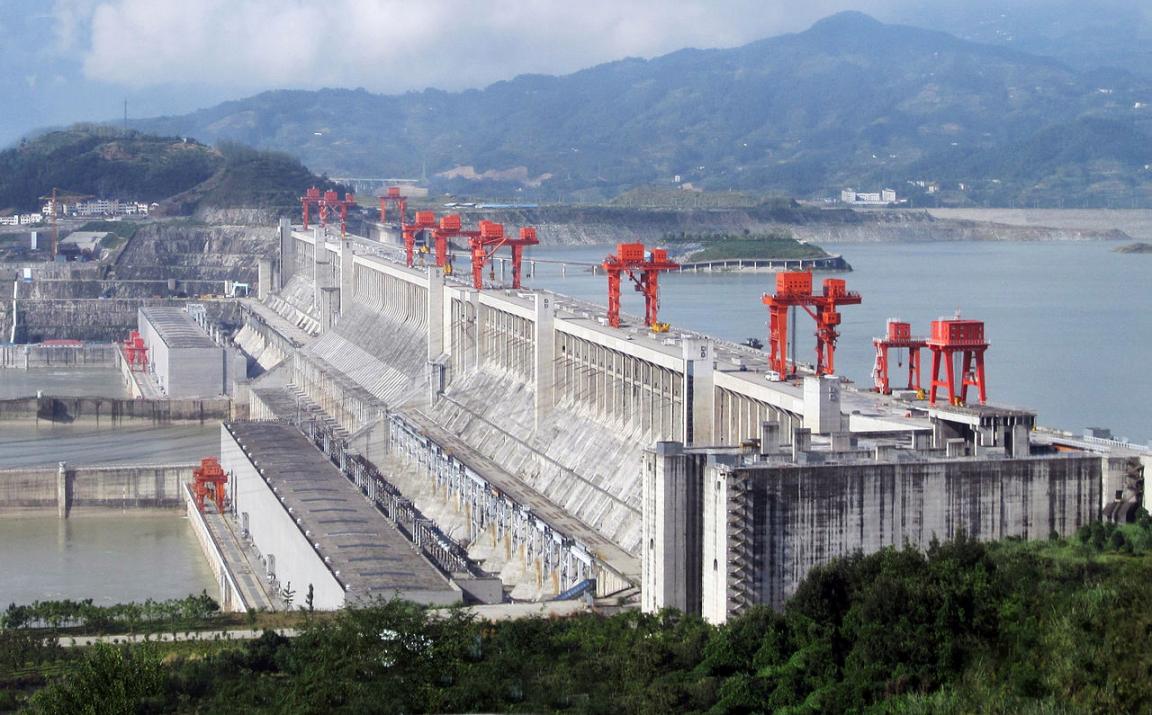Several Latin American countries in financial difficulties have recently turned to China as a sort of lender of last resort. Argentina and Venezuela, for example, lacking access to international credits, obtained large loans from Chinese banks.
For China, it makes no sense to refuse loans to countries with strong agricultural production or that possess plenty of commodities, especially oil and gas. There is no need to be concerned about their solvency if their products guarantee their loans, whatever the reasons for their difficulties, IPS reported.
Brazil’s state oil giant Petrobras announced on April 1 an injection of $3.5 billion from China to relieve its finances, which have suffered from the corruption scandal that has rocked the economy, the government, large companies and several political parties in the country since 2014.
The loan from China Development Bank is helping Petrobras weather a storm that also includes gross management and planning mistakes which raised the cost of constructing two refineries, of the purchase of another plant in the US city of Pasadena, Texas, and of other projects by tens of billions of dollars.
The crises faced by potential Petrobras suppliers provide opportunities for China, but are not seen as indispensable. China Development Bank previously loaned Petrobras $10 billion in 2009, when the oil company appeared prosperous and had recently discovered vast reserves in the pre-salt layer off the Brazilian coast.
This loan will be repaid by a minimum of 10 years’ oil supply to China.
Unequal Exchange
“China’s financial power tends to accentuate the trade imbalance,” when countries or whole regions export virtually only commodities to China, and import Chinese manufactured goods, said Luis Afonso Lima, president of the Sociedade Brasileira de Estudos de Empresas Transnacionais e da Globalizacao Economica (SOBEET – Brazilian Society for the Study of Transnational Corporations and Economic Globalization).
Iron ore and soy account for 75 percent of Brazilian exports to China, he said, while imports from China are nearly all manufactured goods.
But China “is a new trading partner with a high degree of complementarity, and a win-win situation could be created if we knew how to make the most of the opportunity,” Lima said.
Booming Investment
China’s growing involvement in Latin America is also marked by growing investment. SOBEET identified 69 projects announced by Brazil since 2010, the vast majority in processing industries involving medium-sized amounts, that is, less than 100 million dollars.
Only three investments are over one billion dollars: in the first, the State Grid Corporation of China (SGCC) invested five billion dollars, mainly for the purchase of power transmission lines; the second is for extracting and exporting iron ore; and the third is for processing soy.
China has been increasing its foreign direct investments since the turn of the 21st century, and they reached over $206.8 billion in 2013, according to United Nations figures published by SOBEET.
But the most spectacular growth in China-Latin America relations has occurred in trade, which increased 22-fold between 2000 and 2013, to reach $275 billion in 2013. And it is set to double again by the end of this decade, Chinese President Xi Jinping predicted.
Credit Penetration
The amounts involved in Chinese loans to the region are lower than the trade figures, but also reflect the Asian giant’s expansion and its priority interests in oil, minerals and agricultural produce.
Between 2005 and 2014, borrowing from China by the region totaled $119 billion, according to the databank of Inter-American Dialogue, a forum for political and business leaders of the Americas that includes former presidents of several countries.
Of this total, nearly half – $56.3 billion – was loaned to Venezuela, which possesses the world’s largest oil reserves. Next in order of importance are Brazil and Argentina, which are big exporters of soy and received $22 billion and $19 billion, respectively.
Mexico, the second largest Latin American economy, is in sixth place in terms of loans from Chinese state banks, with $2.4 billion, less than one-quarter of the amount borrowed by Ecuador ($10.8 billion) and less even than the credit extended to The Bahamas ($2.9 billion).


